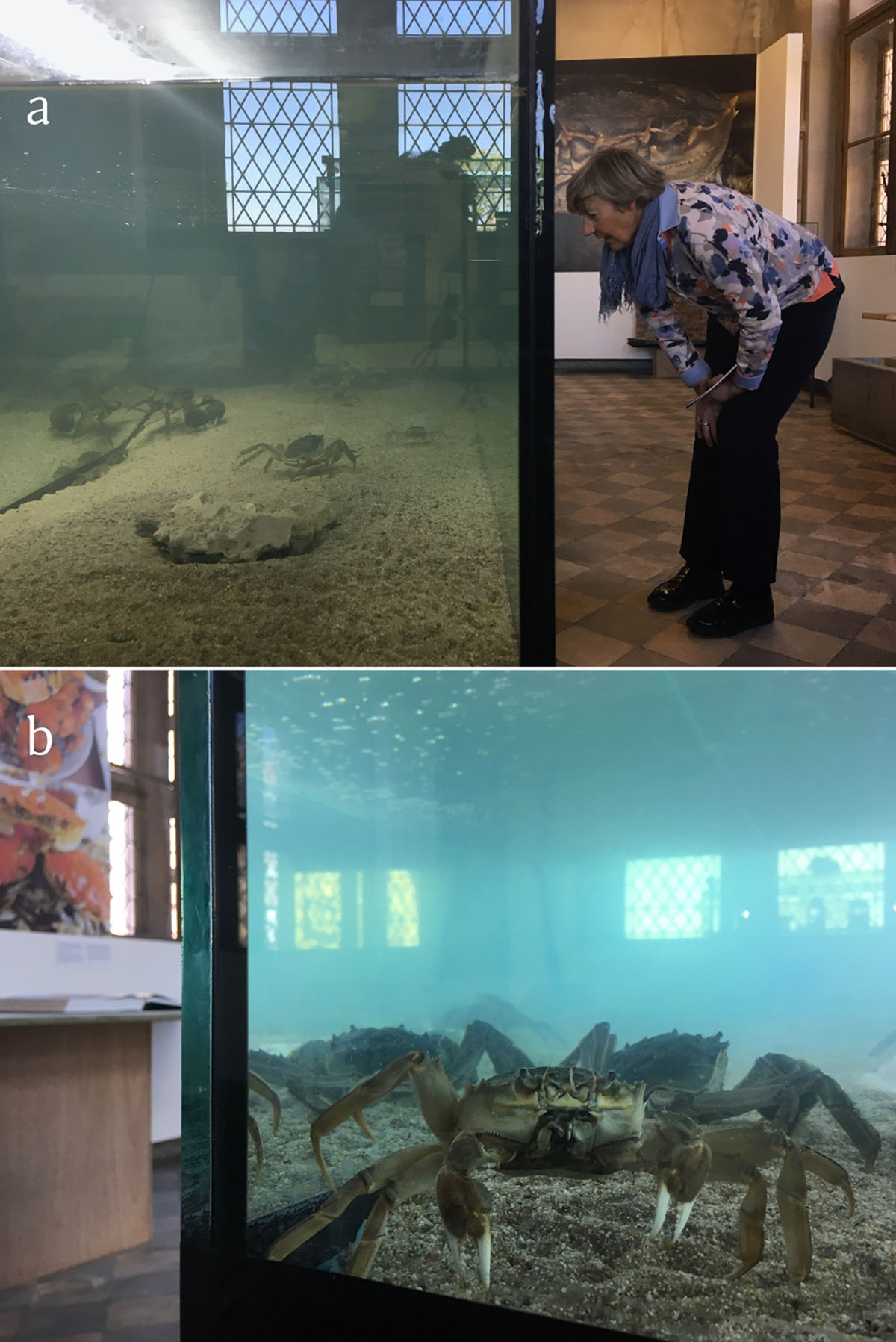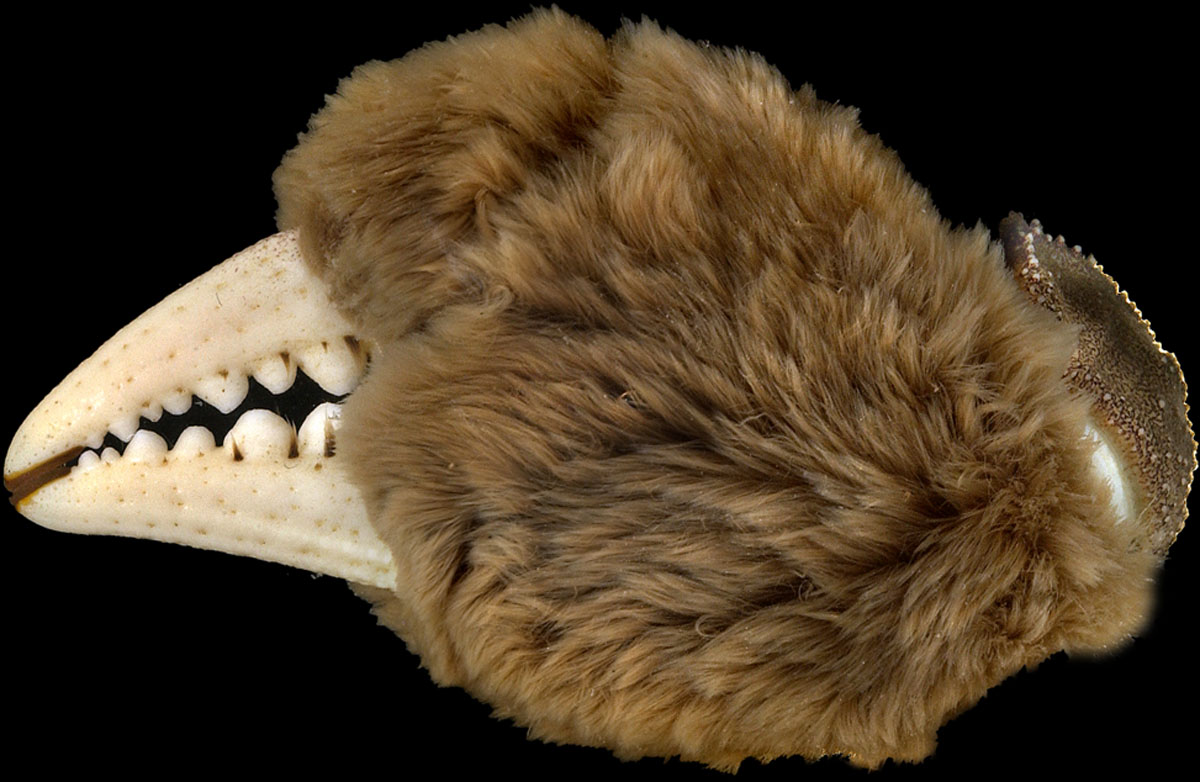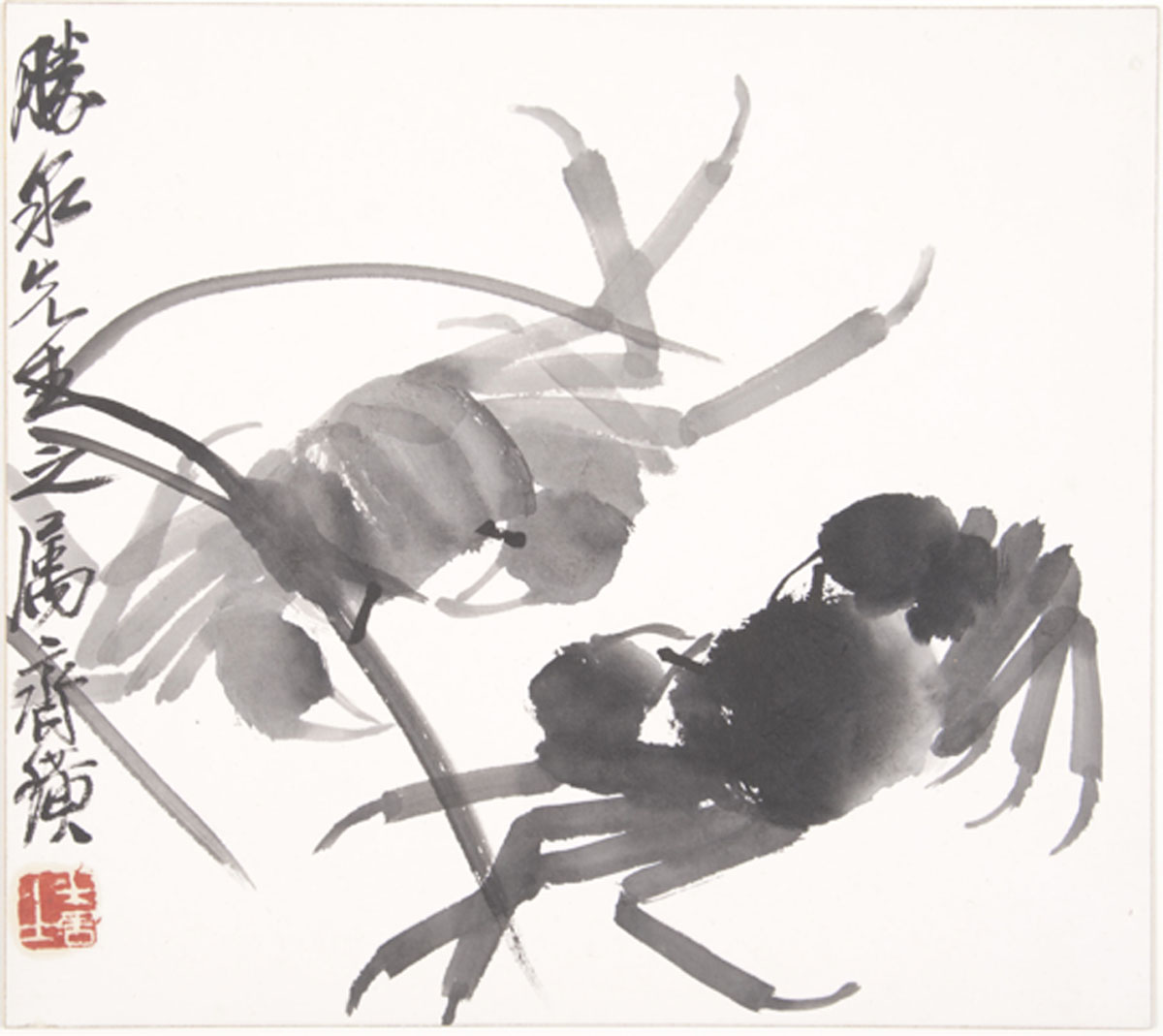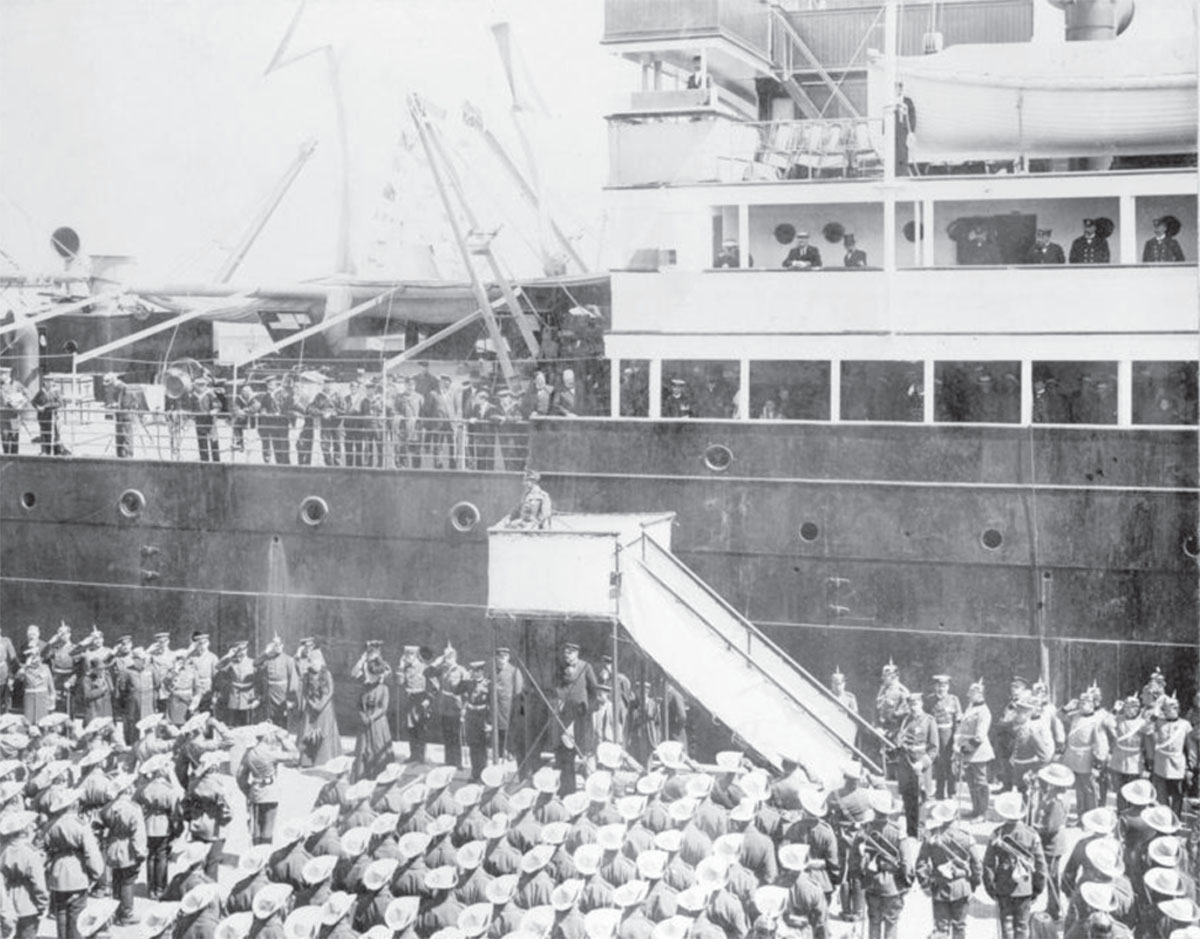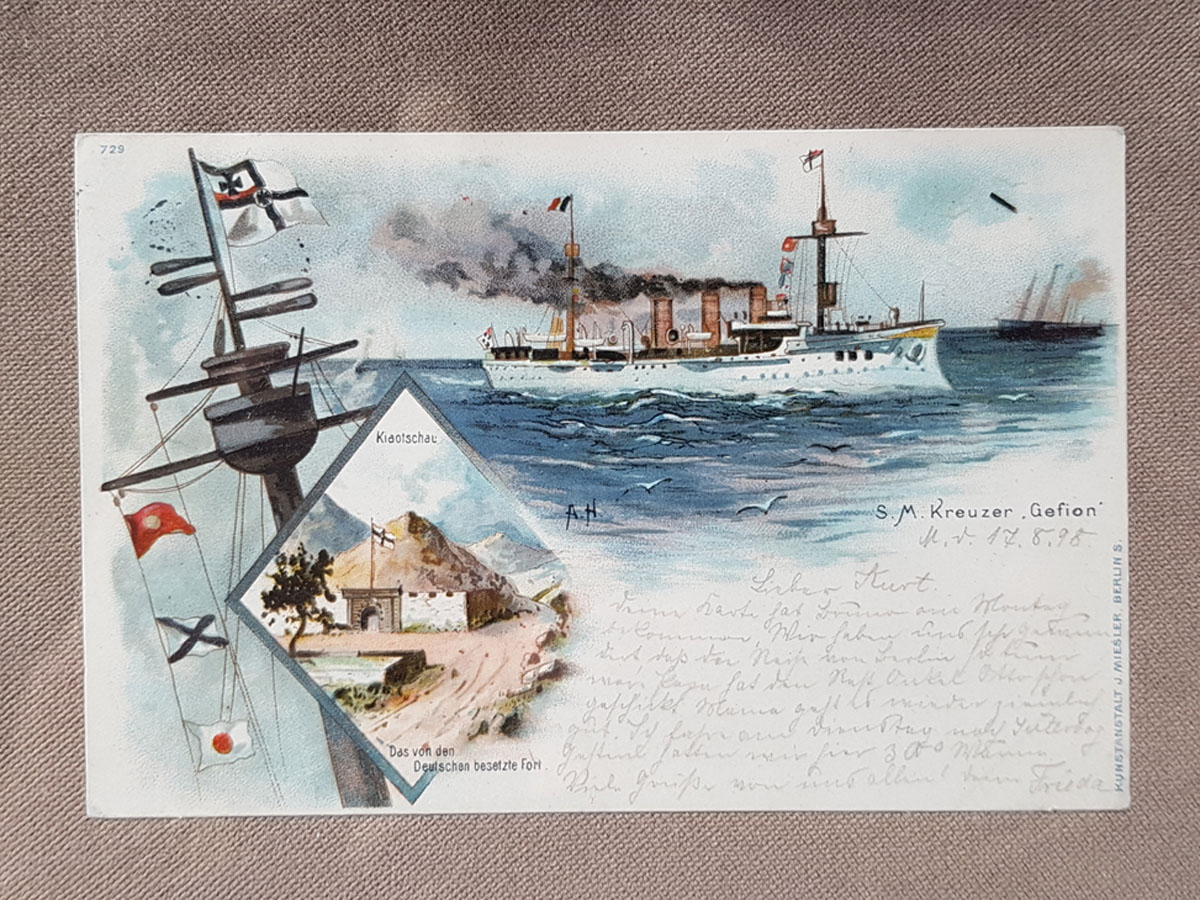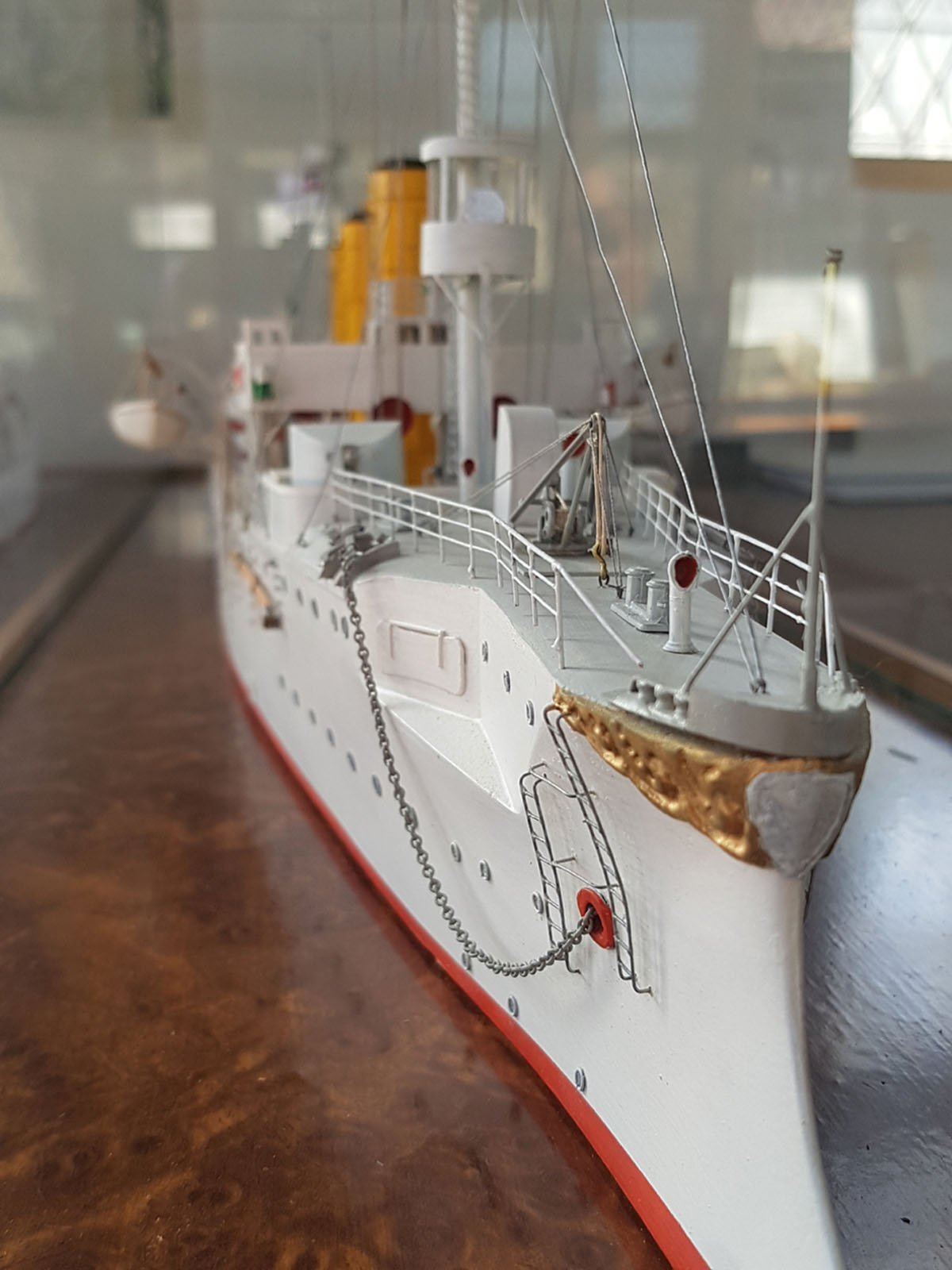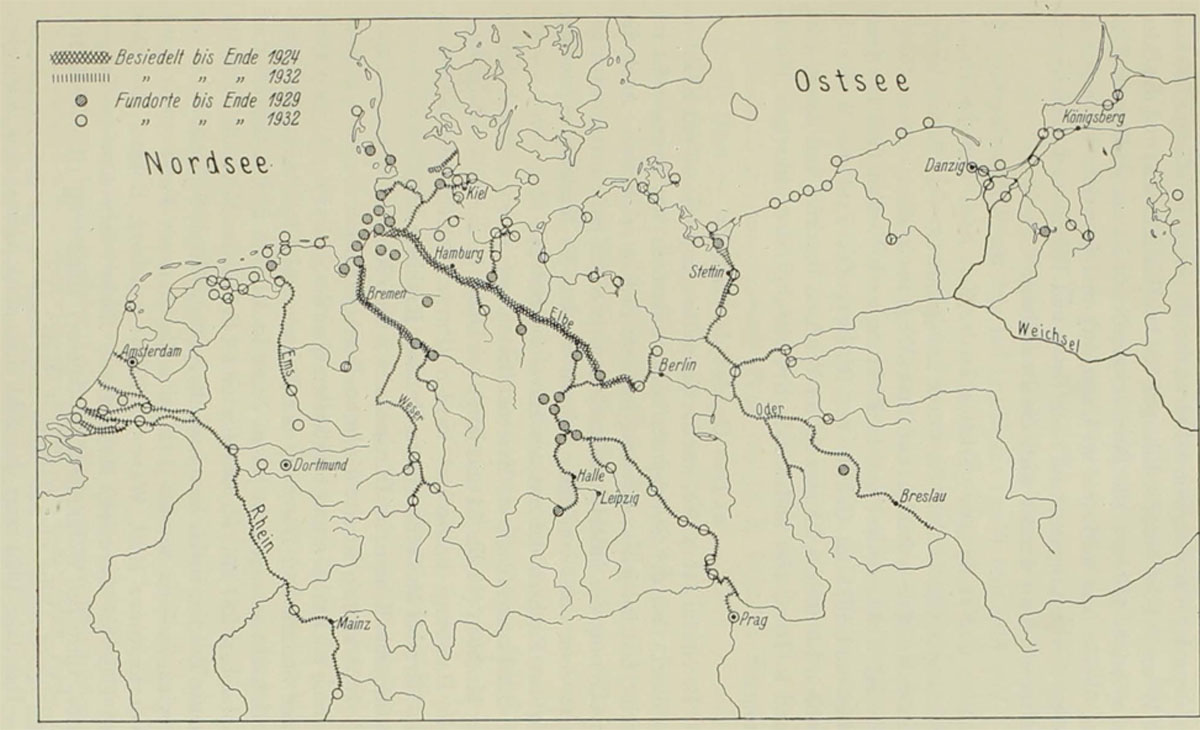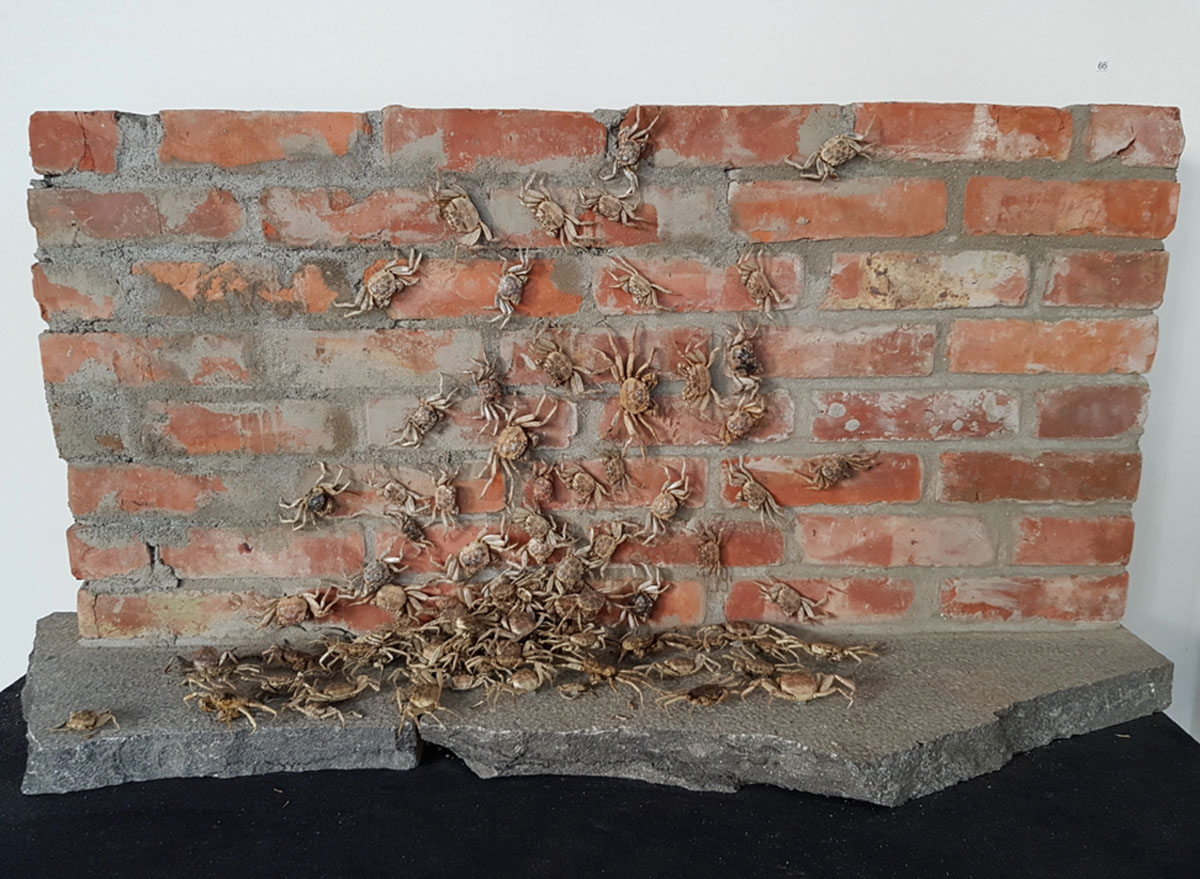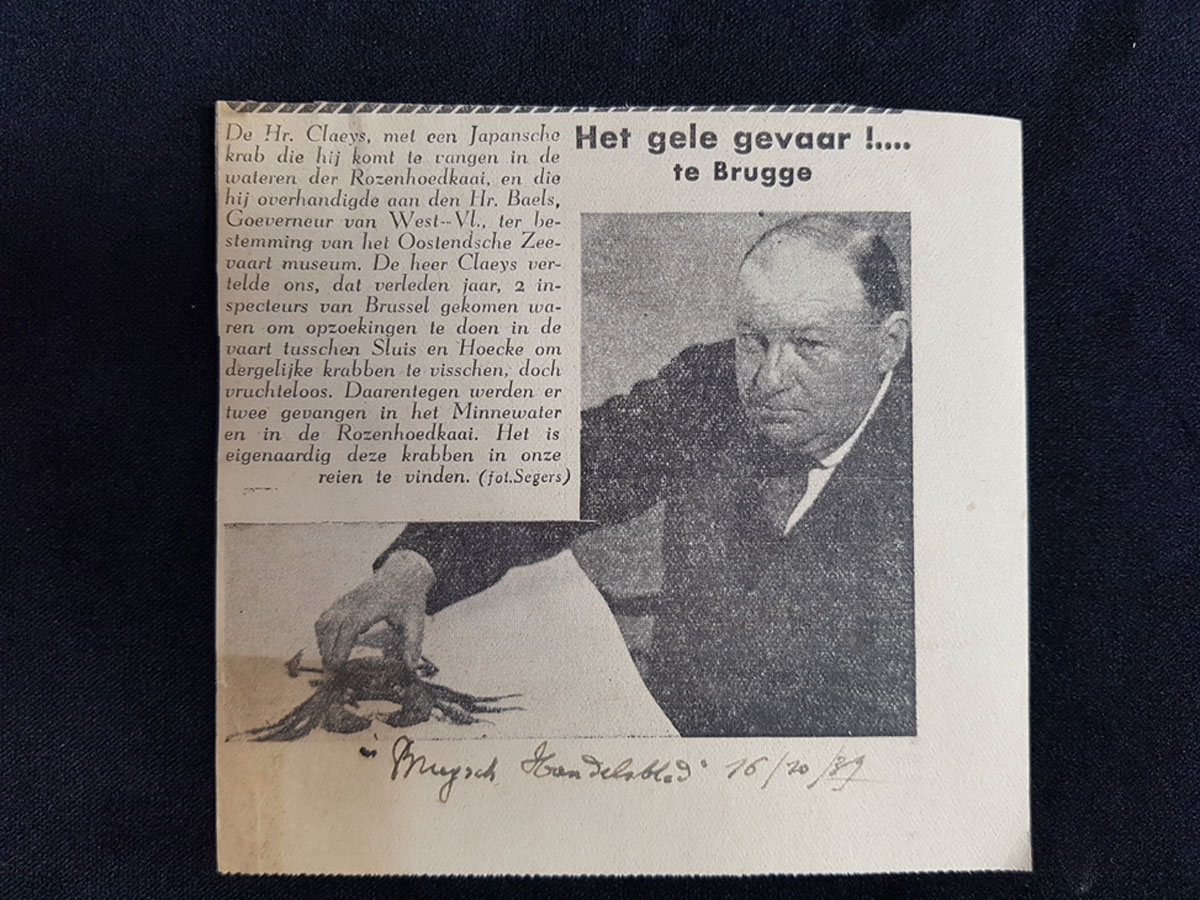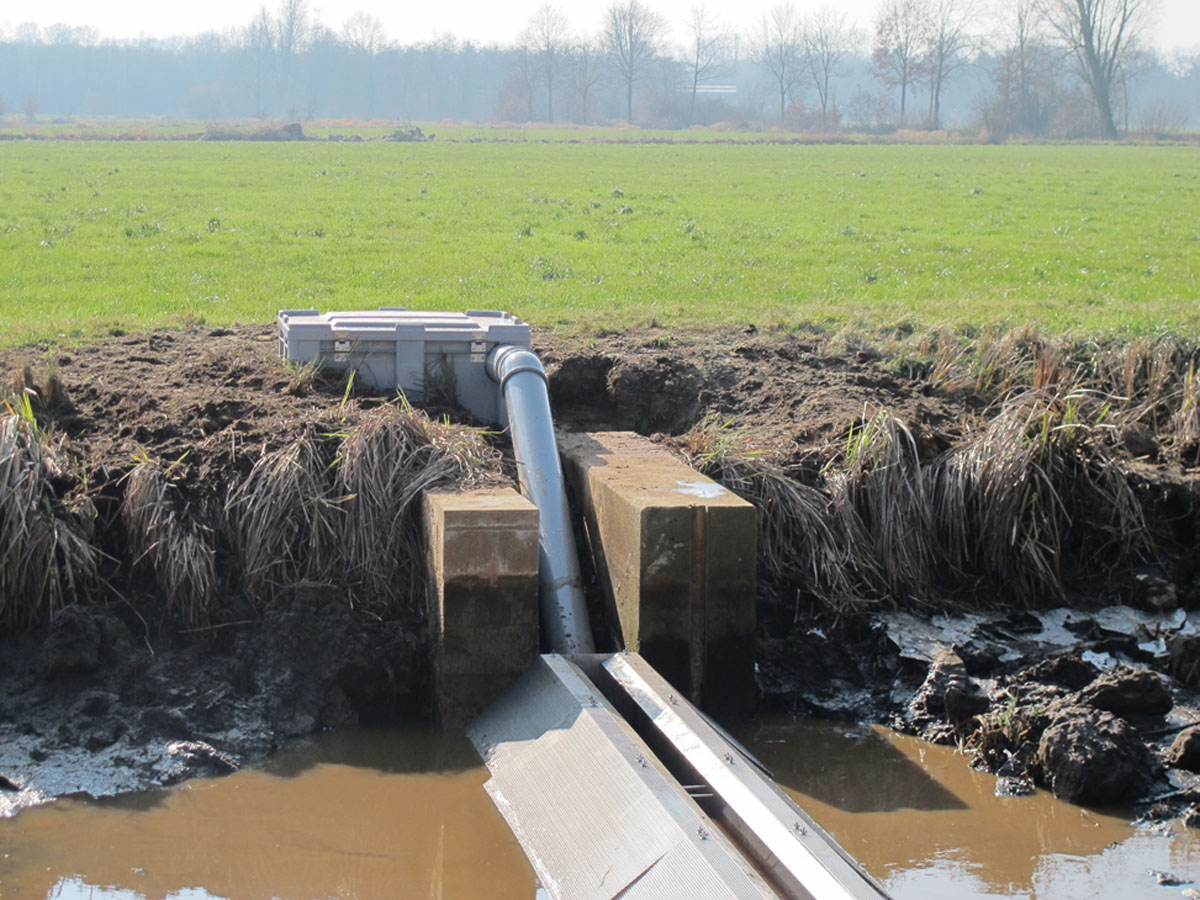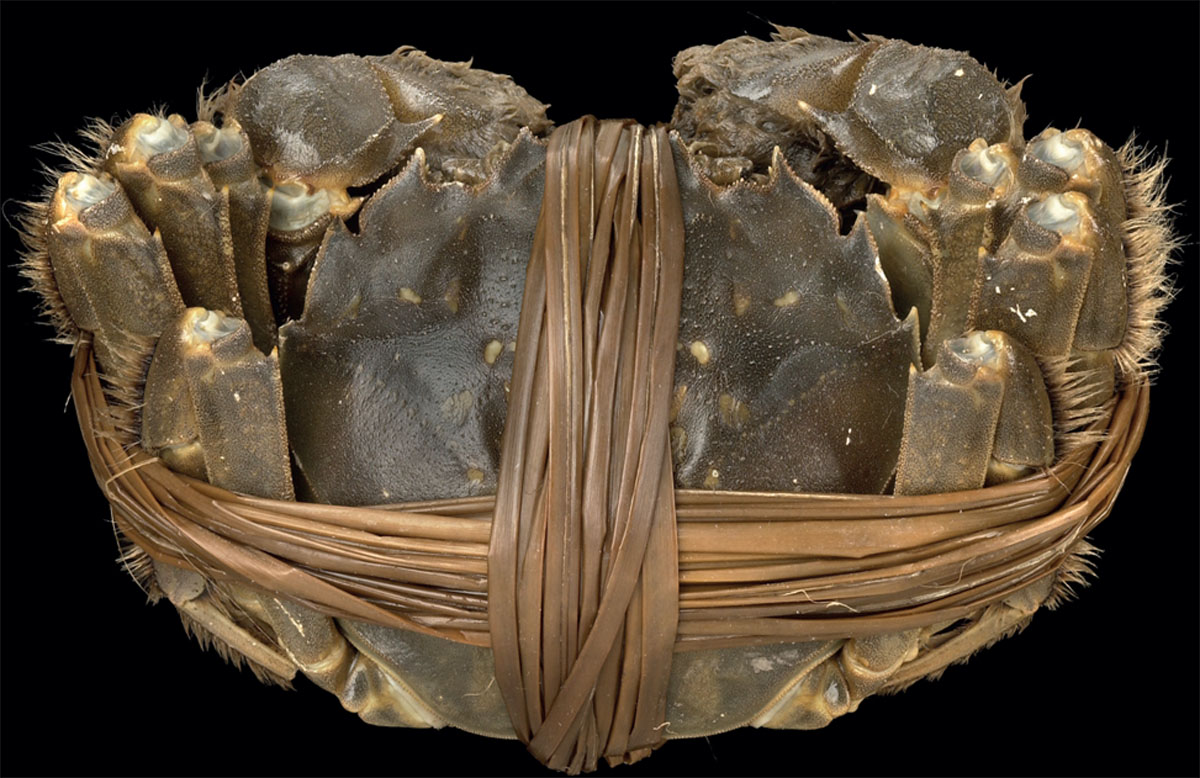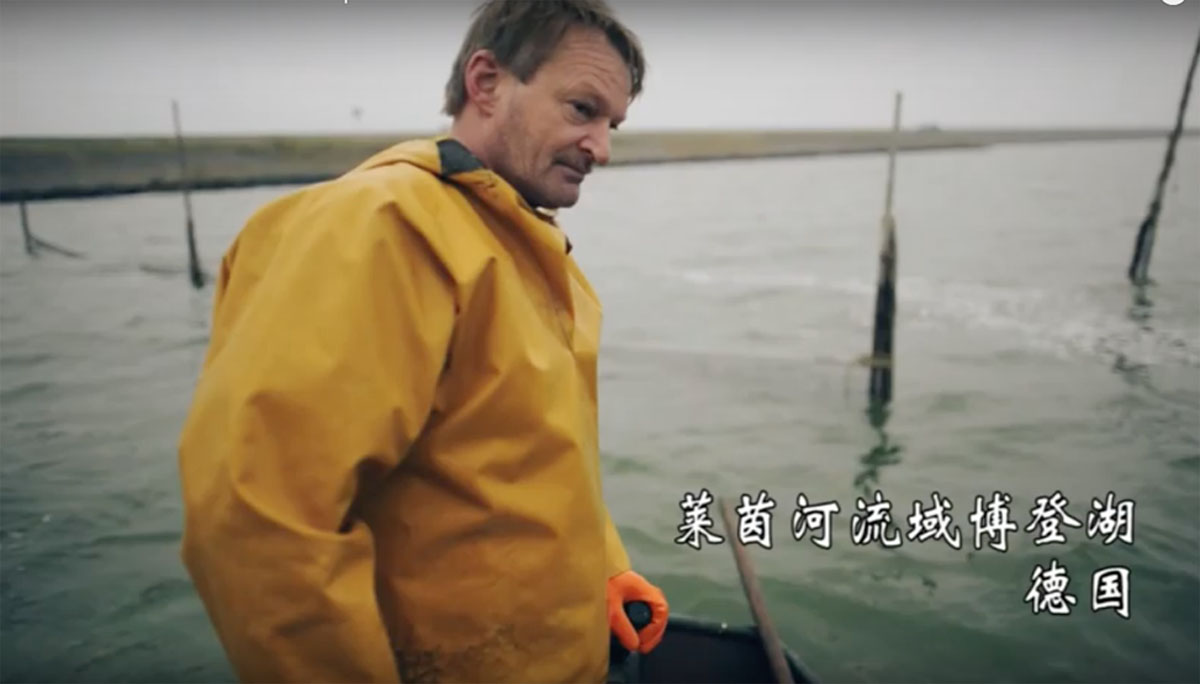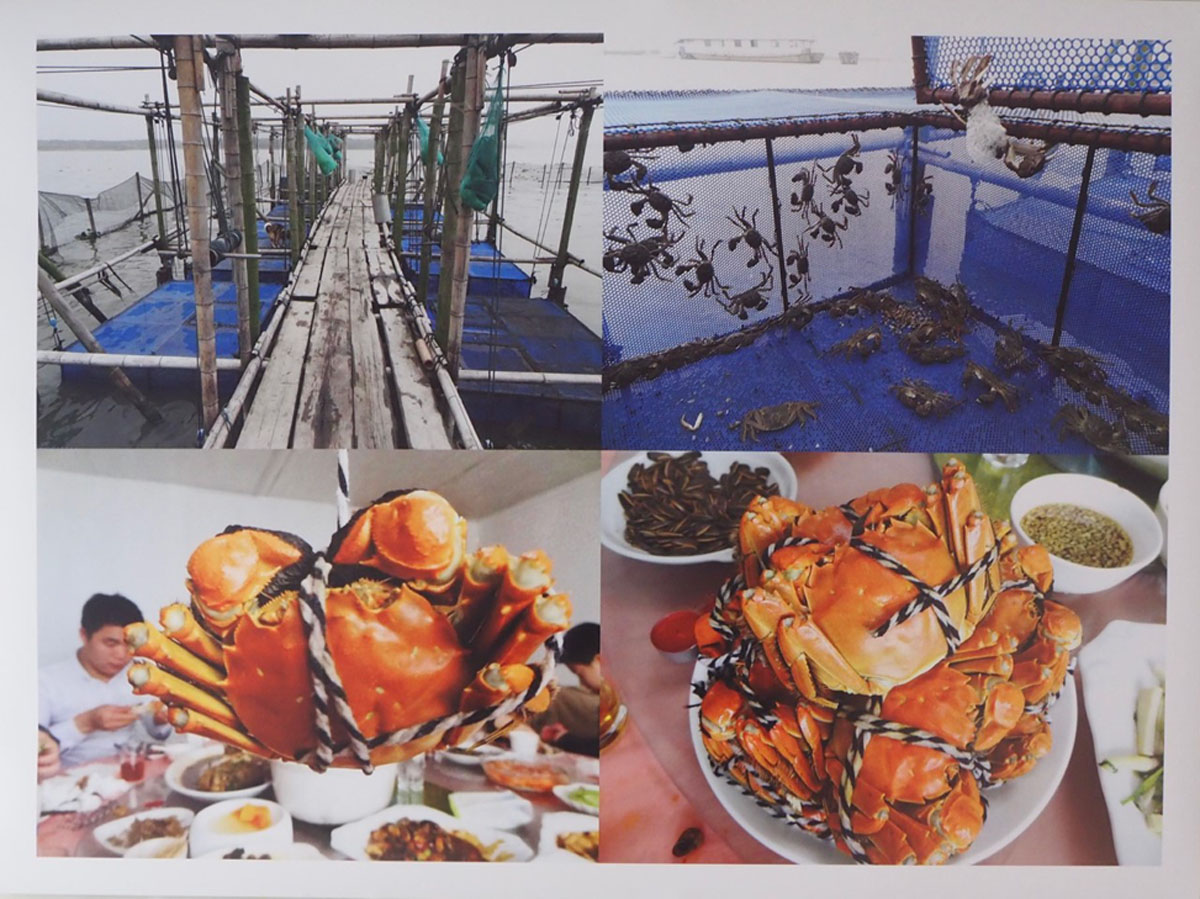1. Bruges canals
If a theatre play were to be written, telling the story of the Anthropocene, who would be the typical protagonists? Humans of course love to see themselves centre-stage. But what or rather who are the other agencies at stake? In terms of other species, one could cast those on the brink of extinction or wiped out for good. A play with such characters – perpetrators vs. victims – would not only be depressing, but one-dimensional. The truth is that many species, micro-organisms, fungi, plants and animals, are doing pretty OK in the ruins of capitalism. One of these is featured here: Eriocheir sinensis, the (Chinese) mitten crab, a remarkably versatile acrobat, long-time inhabitant of the city of Bruges, now guilty of faring well.
This visual essay tells a story of back-and-forth movements: how this crab-species travelled from Asia to Europe, and then later back again, piggybacking willy-nilly on the globalization of commercial exchanges, manoeuvring between varying cultural customs and inclinations.
2. Wool-hand
More than 5,000 species of crabs have been identified up to now. Most of these fare in saltwater, while some have adapted to different conditions. Eriocheir sinensis belongs to the superfamily of the Varunidae, phylogenetically the newest group of brachyuran crustaceans, which includes also terrestrial crab species and fresh-water crabs. The mitten crab, thus named for the fur on its pincers – eriocheir translates as ‘wool-hand’ – is a transitional form: it lives in freshwater but migrates downstream to the brackish waters of estuaries for reproduction. Once larvae have developed into juveniles, they start migrating, walking on the bottom of river, lakes, canals, to find a spot burrowed in a riverbank, often hundreds of kilometres upstream, where they will spend most of their adult life.
3. Origins
The freshwater crab is a native species of the Yangtze River ecosystem, one of the largest freshwater ecosystems in the world. For centuries, it has been a staple of Shanghai cuisine. This water-colour of crabs was painted by Qi Baishi (齊白石, 1864–1957), one of China’s most famous modern painters. The subjects of his paintings are most often figures, plants and tiny animals observed in daily life or in the lush garden of his property in Hunan province. Hunan province is drained by the Xiang River, a tributary of the Yangtze.
4. Boxers
In the second half of the 19th century, the heavily industrialized European superpowers were increasingly encroaching on coastal territories in China, establishing de facto colonies in the so-called ‘concessions’. The weakened imperial Qing Dynasty was helpless – resentment amid local populations against the white invader grew. By the turn of the century, a patriotic, anti-Christian rebellion movement started in Shandong province, led by a militia trained in Kung-Fu (‘boxing’). On 20 June 1900, the Chinese rebels murdered the German Ambassador in Beijing. Western nations were quick to hit back.
This picture shows the Prussian emperor, Kaiser Wilhelm II on 27 July1900, a good month after the murder, delivering a speech in Bremerhaven at the departure of the German military punitive expedition to China. In his speech (later known as the ‘Hun Speech’ or ‘Schrecklichkeit – dreadfulness – speech’) the emperor referred to the courage and speed of the Huns, historic enemies of the Chinese, and encouraged his soldiers to show no mercy. The steam-powered ships about to leave the ports were among the speediest of the emperor’s fleet.
5. Gefion
The SMS (Seiner Majestät Schiff) Gefion (1893–1923) is a light cruiser from the German Kaiserliche Marine, named after the Nordic goddess Gefjon, that partook in the Western display of power along the Chinese coast during the boxer war.
The SMS Gefion, an unarmoured cruiser, was constructed from a transitional design during the rapid development of German warships around the turn of the century. The skeleton of the hull was in steel, while the hull itself was made of wooden planks covered in steel sheets.
Plans show the ship was equipped with a series of interconnected reservoirs over the entire bottom of the hull, which, while adding stability to the ship, allowed for the transport of liquids.
6. Double hull
In its double hull, the Gefion transported both drinking water (Speisewasser) and non-drinking water (Washwasser), used for other purposes. Washing water was directly pumped up from the oceans or rivers it sailed. Scientists active on similar ships, in the same period, reported they took samples of the ocean water from their showers for microscopic research on, among other things, zooplankton. During the Boxer war, as the logbook shows, the ship cruised to Beijing, Tsingtao, Shanghai before sailing back to Europe by the autumn of 1901, by which time the uprising had been suppressed. The SMS Gefion laid anchor in Wilhelmshaven near Bremen, at the mouth of the Weser. The Gefion, with its double bottom, extensive pumping installation and particular travel history, is possibly the ship on which the first mitten crab larvae were transported from China to Germany.
7. Invasion
Map of Northern Germany indicating the location of the first mitten crab in 1912. Credit: Peters, N. and Panning, A. (1933). Die Chinesische Wollhandkrabbe (Eriocheir Sinensis H. Milne-Edwards) in Deutschland. Zoologischer Anzeiger, 104.
‘When the ships happened to fill their ballast water tanks in central or North Chinese ports during the larvae’s spawning time, the 1.7 to 5 mm larvae of the mitten crab would, of course, get into the tanks, and again when the tanks were emptied in the German port the young mitten crabs, a few millimeters long, into which the larvae had developed during the trip, would, ofcourse, get into one of the German rivers emptying into the North Sea. This could go on unnoticed year after year. They were undoubtedly brought in long ago. The first Chinese mitten crab, a large male, was discovered in the Aller, a tributary to the Weser, in 1912. One can thus consider that these crabs were first brought in during the first decade of this century, and their entry therefore coincides to a certain extent with the establishment of intensive marine traffic with eastern Asia.’ (Peters & Panning 1933)
8. Acrobats
Rotor Exhibition setup Mitten Crabs Are Excellent Climbers, built for the Bruges exhibition What’s Eating the Chinese Mitten Crab for the Bruges Art Triennial, 2018. Poortersloge, Bruges, Belgium. Bricks, cement mortar and taxidermized juvenile Eriocheir sinensis crabs. 150 cm × 70 cm. Credits: Rotor vzw, Brussels, Belgium.
In Mandarin, the mitten crab is referred to as 大闸蟹, (pronounced Tā Zā Xié), which literally means:
大 large (the ideogram represents a person who extends both arms sideways)
闸 lock
蟹 crab
large lock crab.
Mitten crabs are excellent climbers. As soon as a surface is even faintly rough-textured (e.g., a wooden plank, a porous brick wall, rust on an iron plate), they can anchor their pointed legs and claws in the asperities for the climb. This means they can easily overcome obstacles such as water locks and gates on rivers and canals that would bar their road during migrations.
This set-up from the exhibition shows juvenile mitten crabs in the process of climbing a brick façade, as they have been witnessed doing in the spring of 2016 in the town of Aarschot. Due to heavy rains that season, an increased flow between two bridge piers forced the upstream migrating crabs up out of the rivers, onto the riverbanks and the facades of the riverside homes. Crabs crept into the rooms and beds of the inhabitants, up to the third floors in some cases.
9. ‘Yellow peril’
In the 1910s, 1920s, and 1930s the Chinese mitten crab rapidly spread through the hydric systems of north-western Europe, from Germany to Denmark, Sweden, Holland, Belgium and France. The ‘invasion’ caused a considerable amount of anxiety among local fishermen, who had never seen a freshwater crab, less so a hairy one, and fascination among the scientific community. Undergoing heavy political pressure, authorities start setting up ambitious but fruitless campaigns to eradicate the species.
This article from a local newspaper, dated October 1939, discusses the emergence of the Mitten Crab in Bruges with unveiled disgust; its title reads: The Yellow Peril! … in Bruges. Strikingly, but also timely considering historic events, the author mistakenly speaks of a ‘Japanese crab’. The article is characteristic of the racist undertones typically displayed by western European accounts of the crabs up until the present day. Despite the widespread distaste, there are also records of mitten crabs being caught and sold for consumption during WWII.
10. Recovery
While the crab was present throughout the watercourses of Germany, the Netherlands and Flanders in the 1930s, populations deteriorated sharply in the decades that followed, due to an increase in pollution. The situation only started to improve from the 1990s on, when environmental measures were enforced and water quality recovered. Gradually, populations increased again, to reach troublesome levels again by 2010. On the Kleine Nete, one of the most biodiverse rivers in North Belgium, the proliferation of the mitten crab forced authorities to take emergency measures. At Grobbendonk, a large trap was installed in the spring of 2018, spanning the entire width of the riverbed, to prevent crabs from crawling further upstream. The trap, based on a German design from the 1930s, caught about 320,000 crabs between February and May of that year.
11. Handcuffs
In Southeast Asia, mitten crabs being sold on the market are traditionally tied up with strings or vegetal fibres; this picture features a specimen bought in Hong Kong. The ties prevent the loss of legs when multiple crabs in a basket start fighting each other; it also prevents the loss of weight due to physical activity. Tied up crabs can live for many days, as long as they are kept moist and reasonably cold; automated live crab dispensers exist in some Asian countries. British researchers (Clark 2011) have studied how this traditional method of tying-up could allow for the commercial circulation of the crabs in the United Kingdom and in Europe, while avoiding the risks of unintentional introduction of the species to natural habitats. However, it is a labour-intensive method and therefore commercially difficult to achieve in the UK.
12. Back to China
Youtube video Chinese Mitten Crab in Europe, 2012. Credit: Mai Chen. (2012). Chinese Mitten Crab in Europe. December 13, 2012. Available at: https://www.youtube.com/watch?v=PTBAPZtV7jk.
This Chinese documentary on the fate of the Chinese mitten crab in Europe features Dutch fisherman fishing on the Ijsselmeer, the closed-off inland bay in the north of Holland. The film shows how the fishing company in question no longer considers the crabs caught in their nets as by-catch, but sorts them by grade, packages them neatly in polystyrene boxes, and sends them by airplane ‘back’ to China, for consumption on the local market.
13. Yangcheng lake
The bottom of Yangcheng Lake in the Shanghai area is naturally covered with fine pebbles, which prevents the mitten crabs living there from developing a silt-like taste when eaten, as happens elsewhere. These crabs are the most highly regarded and fetch the highest selling prices.
Crabs from the Yangcheng Lake today (100,000 tons counted per year) are no longer wild, but a product of aquaculture. In the final growth phase, they are kept in cages resting on the bottom of the lake. There is also talk of live imports, wild crabs caught in Europe, and kept in cages for a few days before being served up as Yangcheng crabs. The term for those crabs is 洗澡 蟹, ‘bathed crabs’.
Competing Interests
The author has no competing interests to declare.
References
1 Clark, P. F. (2011). The Commercial Exploitation of the Chinese Mitten Crab Eriocheir Sinensis in the River Thames, London: Damned If We Don’t and Damned If We Do. In B. S. Galil, P. F. Clark & J. T. Carlton (Eds.), In the Wrong Place – Alien Marine Crustaceans: Distribution, Biology and Impacts (pp. 537–80). Invading Nature – Springer Series in Invasion Ecology. Dordrecht: Springer Netherlands. DOI: http://doi.org/10.1007/978-94-007-0591-3_19
2 Peters, N., & Panning, A. (1933). Die Chinesische Wollhandkrabbe (Eriocheir Sinensis H. Milne-Edwards) in Deutschland. Zoologischer Anzeiger, 104.


